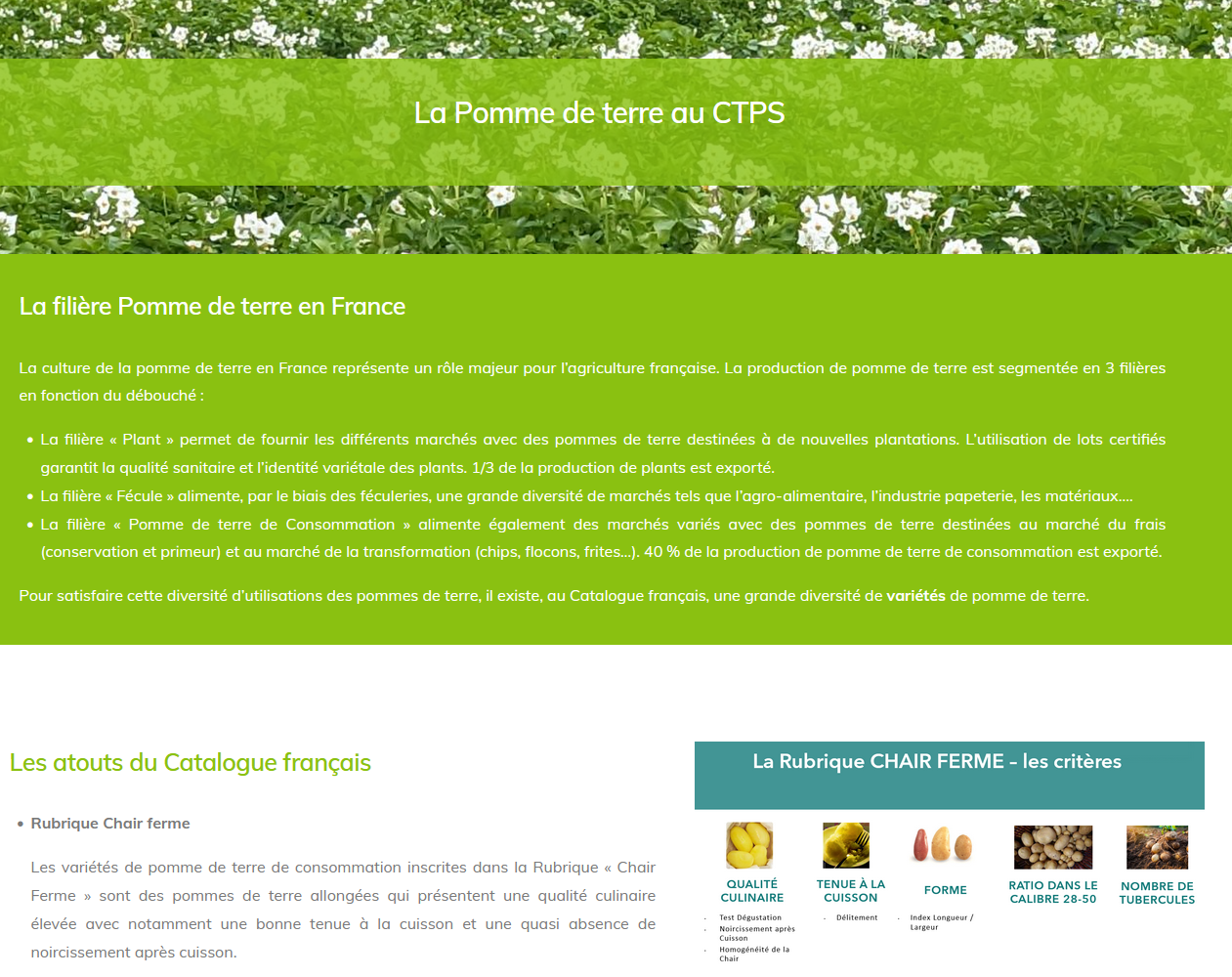
CTPS Plenary Committee: a time for assessment
Gathered on May 23rd, the Plenary Committee of the CTPS shared some of the milestones of its 2014-2019 term, guided by the Ministry of Agriculture Plan for Seeds and Plants for Sustainable Agriculture (SPAD).
The Plenary Committee highlighted the progress made by a more transversal organisation, illustrated by the creation of a new section in 2016 for plant genetic resources, and two inter-section commissions: the CISPS, created in 2014 and dedicated to the evaluation of varieties claiming an ecosystemic use, and the CISAB, set up in 2017 and dedicated to the evaluation of varieties adapted to organic farming. The committee took note of developments in each CTPS section over the last 5 years, consistent with the CTPS SPAD roadmap.
The Plenary Committee also welcomed the work of the Scientific Committee of CTPS, in charge of managing the CASDAR call for proposals “Seed and Plant Breeding”. In 2017 it published an assessment of the potential impact of NBT on the range of varieties available. It also recently proposed to the Plenary Committee a typology of genetic structure, reproduction systems, and variability sources used in breeding programs of new varieties.
The composition of the CTPS will be renewed at the beginning of November 2019, for a five-year term. Ahead of the next term, some issues are already emerging: reaffirming the advisory role of the Scientific Committee of CTPS, continuing efforts in transparency and communication, supporting agroecological transition through varieties, seeds and seedlings, and making further room for a diversity of uses and cultivation methods.




